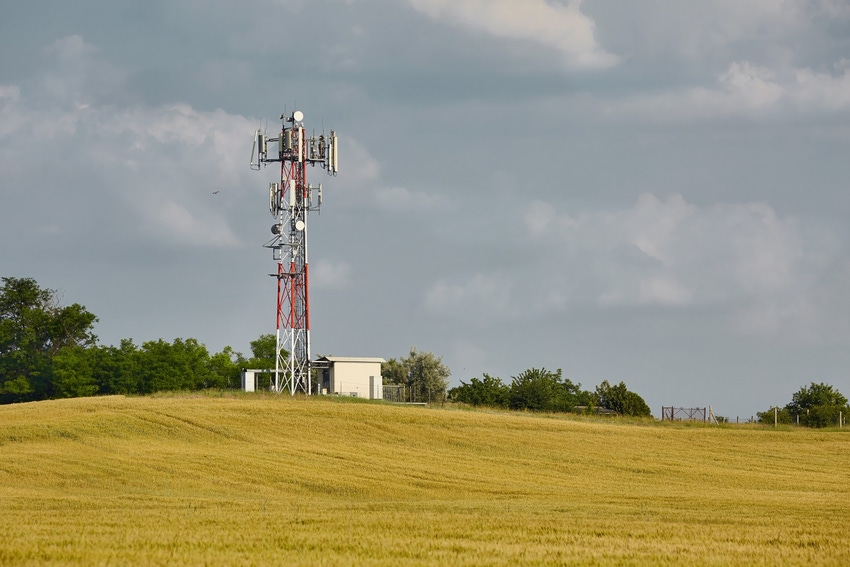Mobile operators in England will soon be able to increase the height and girth of many of their mobile masts without having to apply for planning permission.
March 8, 2022

Mobile operators in England will soon be able to increase the height and girth of many of their mobile masts without having to apply for planning permission.
It has been a long time coming, but the government this week introduced a law change that will enable telcos to make existing masts up to 5 metres taller and 2 metres wider under permitted development rights, amongst other things, all in the name of speeding up 5G rollout.
The government describes its new rules as a measure designed to “connect [the] countryside to 4G quicker and accelerate 5G roll out,” but it has actually been pretty slow in getting to this point… and the new regs aren’t even law yet.
The Department for Digital, Culture, Media and Sport (DCMS) proposed the new planning rules last April and said it would launch an eight-week technical consultation into the matter. It started consulting on the principles of the law change as long ago as 2019. We are finally getting somewhere though; DCMS has now laid out the new planning rules for mobile masts, which will come into force “via secondary legislation as soon as parliamentary time allows.” Bit vague, but we’re a step further on than we were a year ago.
The new regs, which mirror last year’s proposals, mean that telcos in England – the other nations of the UK have their own planning laws – can raise the height of their existing masts to up to 25 metres, having previously been restricted to 20 metres, without having to seek permission to do so. If they want to go higher still, they can apply for planning permission.
Masts can also be wider than previously allowed; up to 2 metres or 50% of the existing structure wider, whichever is greatest.
Meanwhile, operators can build new masts up to 30 metres in height, subject to planning authority approvals, in unprotected areas. In protected areas, the limit is 25 metres.
The onus is on the operators to minimise the impact of their kit on the landscape, especially in protected areas. And it seems there will be checks and balances in place to ensure they do that.
“The government will put tough new legal duties on operators to minimise the visual impact of network equipment, particularly in protected areas such as national parks, conservation areas, world heritage sites and areas of outstanding natural beauty,” DCMS says.
Whether that will suffice to ward off the almost certain spike in NIMBYism that will arise following the publication of the new rules remains to be seen. The balance between the desire for better mobile coverage and to avoid unnecessary blots on the landscape has always been fragile, and those living within spitting distance of masts ripe for a bulking up will – understandably – be wary.
The government is making all the right noises, pointing out that allowing operators to increase the size of their masts will negate the need for additional sites to be built, as well as improving coverage for those in areas with poor signal. It also points out that upping a mast’s footprint makes room for additional equipment – for 5G networks, for example – and facilitates infrastructure-sharing.
All valid arguments. There are a lot of vested interests at play here, from telcos to consumers to planners and various other industry stakeholders. Keeping all those parties happy, at least some of the time, is a delicate balancing act, but this law change, when it happens, is probably the closest the government can come to achieving it.
About the Author(s)
You May Also Like








.png?width=300&auto=webp&quality=80&disable=upscale)


_1.jpg?width=300&auto=webp&quality=80&disable=upscale)


.png?width=800&auto=webp&quality=80&disable=upscale)